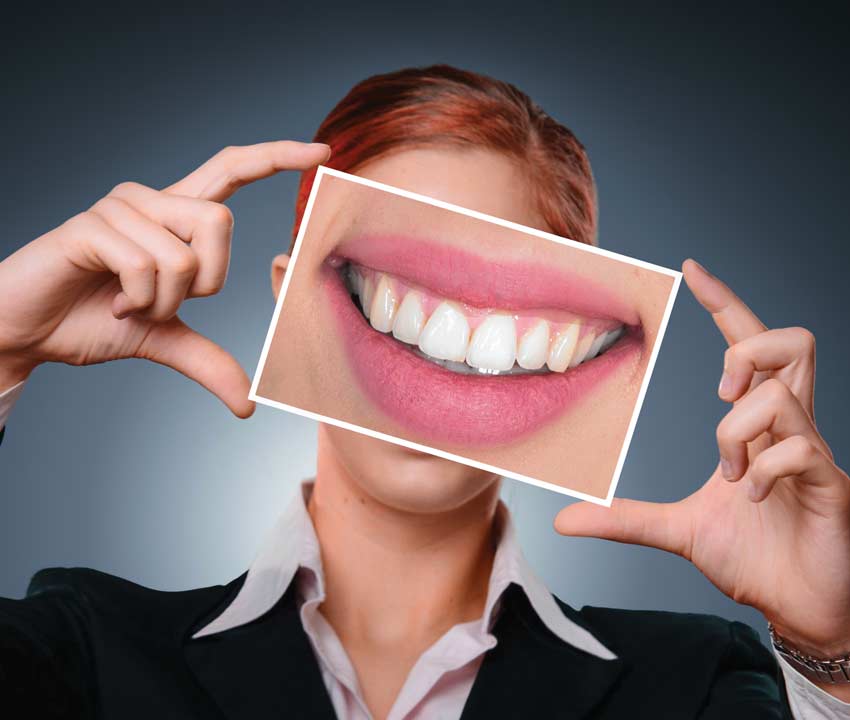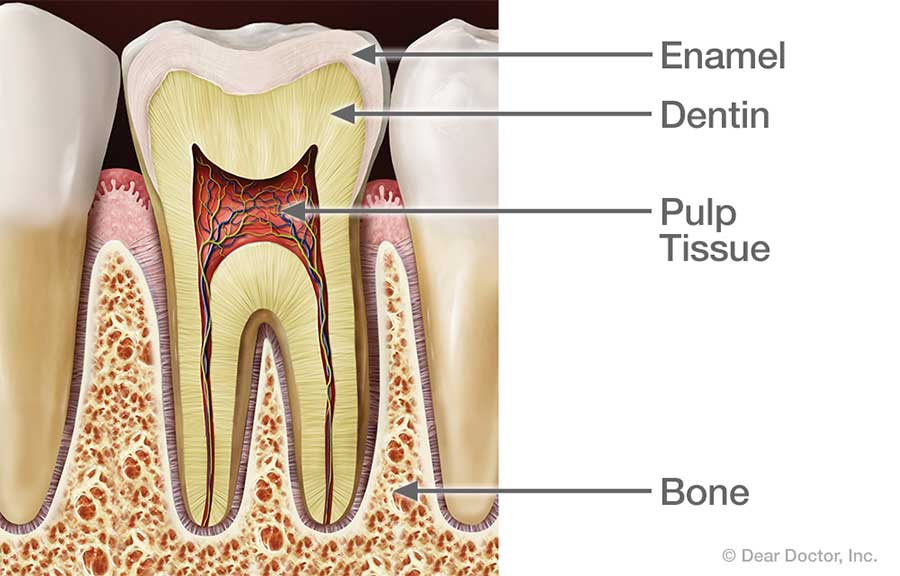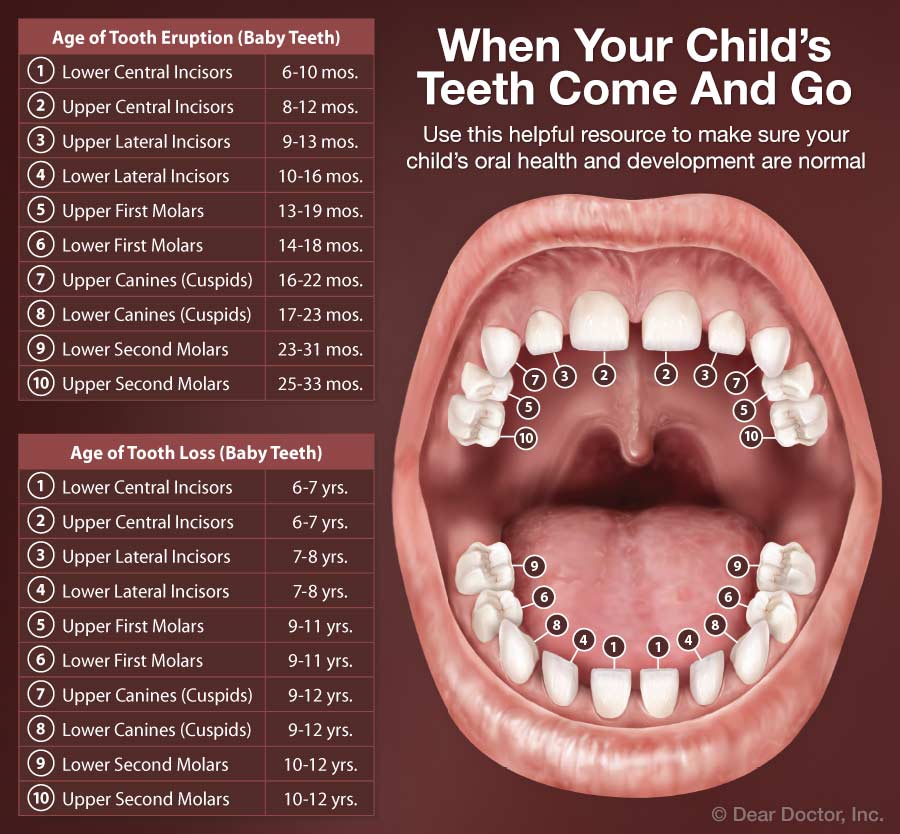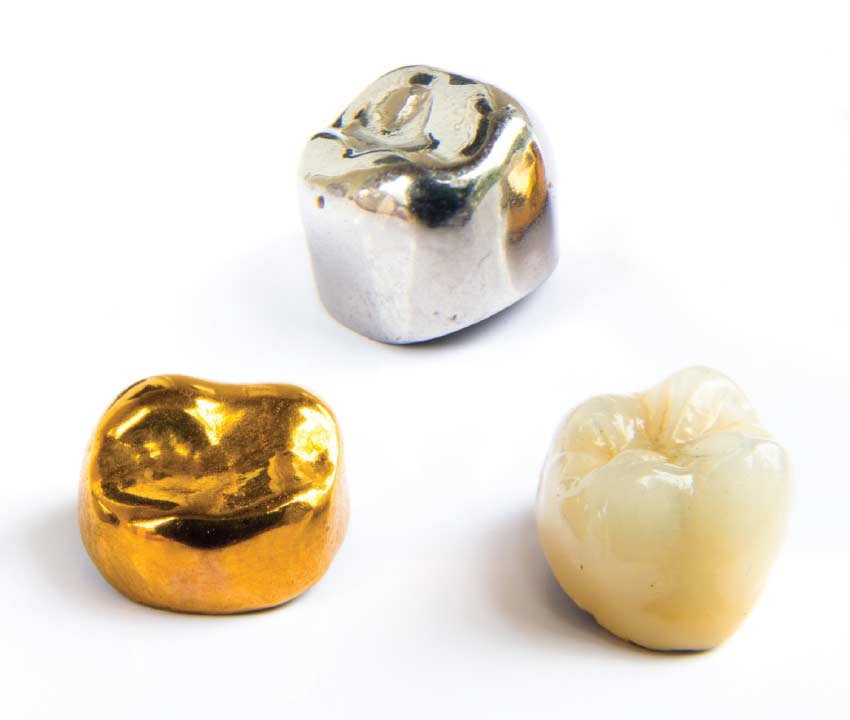What Our Teeth Say About Us
A Look Behind Our Smiles
 |
Recently, a mother and her young daughter were introduced by a friend of mine at a neighborhood barbecue. Following the usual greetings, the mother reported her daughter just lost her front tooth. Then she asked, "Can you tell how old she is?" After a brief glance at her open mouth, I stepped back and answered, "8 years old." The daughter's mouth reopened in surprise and the mother exclaimed, "Pretty good, doc. How did you know that?"
We dentists can tell a lot from just a smile or a glance at someone's mouth. Age is only one of the many things teeth and their surrounding tissues can tell us. Some others include ethnicity, occupation, overall health and lifestyle. In fact, there is a whole sub-discipline called dental anthropology that studies these trends for both the individual human mouth and/or a specific human population past or present.
Teeth: Inside and Out
In order to understand how teeth can tell us so much, we need to look closely at how they are formed. Teeth are made up of three layers: an outer layer called the enamel, the hardest substance in the body; an inner layer, slightly softer yet still denser than bone, called dentin; and an inner chamber containing soft tissues, including nerves and capillaries, called the pulp.
 |
| Teeth are made up of three layers: the hard outer enamel, the dentin and the soft pulp, which fills the pulp chamber. |
The enamel is laid down in a process that starts in the sixth week of embryonic life. The patterns formed during this process never change once the tooth is formed. Stresses on the body can disrupt enamel formation and leave a permanent mark on the teeth. For instance, the stress of birth shows up in the enamel matrix as a dark line called the neonatal line. Stresses such as fevers or diseases that affect nutrition also leave their marks on teeth.
Baby (or deciduous) teeth do not have these tales recorded in their enamel because at birth, they are already formed and simply need to erupt. Only permanent teeth are affected by outside forces like diet, systemic illnesses and overall health. Teeth with very few enamel interruptions are evidence of a healthy person with a good diet, while poor nutrition or illness causes interruptions in enamel development which can be seen in the teeth.
Ancient History As Told by Teeth
When archaeologists and dental anthropologists study fossilized teeth, they can make hypotheses about specific stresses on ancient populations. The patterns they observe in fossilized enamel can provide information on changes in diet, famines, disease or even the stresses of migration. For instance, when humans changed from hunting and gathering to farming in the Neolithic age, evidence of malnutrition showed up in the teeth of the ancient population.
Of course, teeth do not function alone but work together in the bite, making it possible for us to smile, speak and chew properly. When one tooth is lost, other teeth may move into the empty space, creating a problem called malocclusion or bad bite. Anthropologists have found that ancient human populations experienced a lot of tooth wear. It is thought that this actually helped improve the bite; their worn-down teeth fit together better and prevented tooth crowding.
Tooth wear is less prevalent today than it was hundreds of years ago. As the foods we eat became less coarse and more refined, tooth wear decreased…but malocclusions increased. Orthodontics, the dental specialty concerned with moving teeth and correcting bite problems, came into being in part to deal with this growing issue.
Teeth Reveal Our Age and Gender
In children (like the youngster at the barbecue) and teens, age can be estimated based on a predictable timetable of when primary (baby) teeth come and go, and when permanent teeth emerge. In grown-ups, tooth enamel becomes more brittle with age and teeth show more wear. Studies show that it's possible to predict the general age range of adults using these two factors—but with less reliability for older people. The age of adults can be more closely pinpointed by looking at the degree of translucency of the tooth's dentin—the layer just beneath the enamel. Dentin is more opaque than enamel but becomes more translucent as we age, with the translucency moving up from the root a tiny amount for every year of age in healthy individuals.
 |
| In children, age can often be estimated based on a predictable timetable of the appearance and loss of teeth.
Click to enlarge |
Teeth can also reveal our gender. Males have larger teeth than females, particularly the canines, molars and upper central incisors; back teeth are not as helpful in distinguishing between sexes as the front teeth. In one study, gender was determined with 99.8% accuracy by looking solely at tooth size.
Where We Come From
We all carry different subsets of the hundreds of different kinds of bacteria that can live in the mouth. Bacteria in the oral cavity vary not only from person to person but also from one ethnicity to another. One study compared oral bacteria from four different ethnic groups: African Americans, non-Hispanic Caucasians, Chinese and Latinos. Each different ethnic group was found to have a distinct microbial community—meaning that analyzing the oral microbiome could pinpoint an individual's ethnic group.
In addition, certain aspects of our teeth's structure are associated with different ethnicities. For example, shovel-shaped incisors are strong indicators of an Asian and/or native American background—a fact that archaeologists have used to help support the idea that early humans migrated across a land bridge from Asia to North America during the Ice Age.
 |
| The materials commonly used to create dental restorations can vary from country to country. |
Dental work can also reveal where a person has lived because the materials from which restorations like fillings, crowns and bridges are made and the way the work is performed can vary from country to country. For example, in the U.S. the majority of dental crowns are made of ceramic material, and for aesthetic reasons it is unusual for front teeth to have metal fillings. In contrast, in Russia crowns are often made from non-precious metal covered in acrylic, and it is more common for front teeth to be restored with metal (gold, for example) instead of tooth-colored material. In some Asian countries, extensive bridgework supported by just two canine teeth is frequently seen, whereas in Western nations, removable or implant-supported dentures are more common.
What We Do
An individual's vocation (and avocation) can sometimes be deduced from tooth wear patterns. Much to dentists' chagrin, it is common practice to hold tools of the trade between the teeth: carpenters hold nails, tailors hold needles, artists hold brushes, hairdressers hold hair pins, etc. Each tool produces a characteristic type of wear on the front teeth. Dental wear patterns can also signal whether a person is left- or right-handed. For example, if a person performs excessive tooth brushing, striations may be seen on the side of the mouth opposite the dominant hand.
Teeth can also reveal much about a person's behavior and lifestyle. Habits like smoking and drinking coffee, tea or red wine can result in stained teeth, while acid reflux and teeth grinding leave their own characteristic markers. Examining the remains of men, women and children from 17th century Maryland allowed anthropologists to deduce that tobacco was very popular in colonial America because notches from clay pipe stems are evident in their teeth. Likewise, your dentist may be able to guess many of your own habits by looking closely at your teeth.
Teeth Tell Many Tales
To the trained eye, teeth can tell many stories about us—both as individuals and as part of larger groups. Georges Cuvier, a renowned 19th century naturalist and paleontologist, was among the first who understood how much information could be gained from studying teeth. He is credited with saying, "Show me your teeth and I'll tell you who you are." Today, teeth can yield a wealth of information that may be used used by anthropologists, forensic scientists, historians—and practicing dentists.




